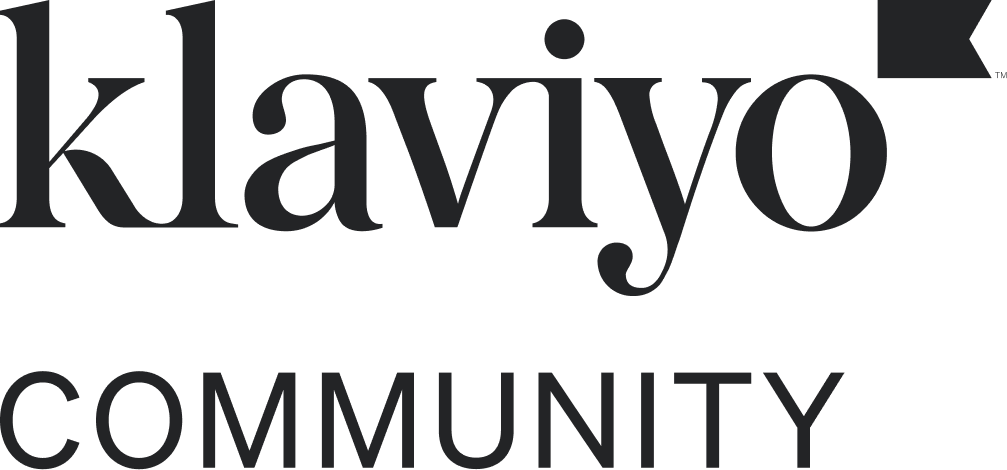Hi @matt.steinruck,
Thanks for sharing this question with us!
Not quite! A couple of notes on this.
First, we’ll only “hold” people in a time-delay if there is an email following a time-delay. If you simply had a “hanging” 60-day time delay with no email after that delay, then Bob would never be queued-up in the delay to begin with.
Now, let’s say you did have an email after that 60-day time-delay, Bob would be queued-up to receive the next email in 60 days. Once a user is queued-up in a time-delay, they will stick with the original timeline of the delay, even if you were to later swap out that time-delay for a different length time-delay. For example, Bob receives email 4, now enters the 60-day time-delay, waiting for email 5, now you switch that 60-day to a 10-day, Bob will still be queued up to receive email 5 in 60 days. So in short, once a user is queued-up for a certain delay, they “stick” with that timeline.
You also cannot “reshuffle” a user in a flow by moving time-delays around the flow, they’ll always be queued-up for the original email they’re meant to be queued-up for. I recommend checking out our article How Contacts Move Through a Flow (specifically the example with “Becky” on this point) and also just for more general insight on this topic.
Alternatively, considering your goal, you may want to consider sending bi-weekly campaigns to this group of users to simplify the process.
With respect to building out the email templates themselves, I recommend checking out our article on managing templates, which guides you through cloning and saving existing templates (if say, you just want to tweak an existing template slightly for the next email in the sequence and re-use it).
Also, make use of the Klaviyo Showcase featuring the best-performing campaigns for ideas and inspiration.
I hope that clears things up. Thanks for being a member of our community.
